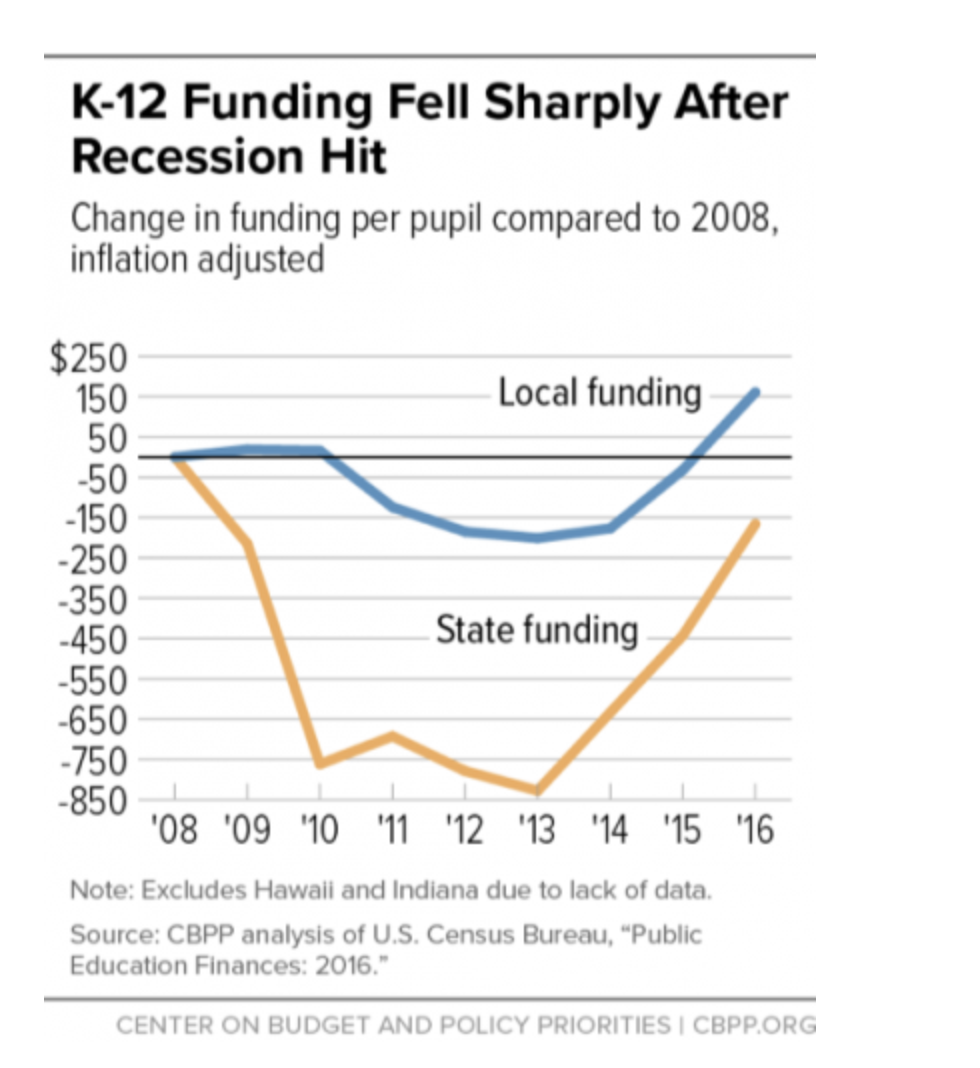In just a few weeks, homeschooling has gone from a rarity to a baseline in homes across the country.
Jonah Liss, a 16-year-old student at International Academy of Bloomfield Hills in Michigan, was sent home out of precaution due to the coronavirus outbreak.
While the transition has been okay for Liss, who has used some of the extra time to create a service to help those impacted by COVID-19, he recognized that other students are experiencing some pain points; not everyone has access to the same technology outside of school, so they can’t complete assignments. The school, he says, isn’t giving tests because they have no way to prove students aren’t cheating. And learning doesn’t feel personalized.
“It can be difficult to learn in an environment where there is less structure, direct instruction and ability to ask as many questions as possible,” Liss said. His school is placing emphasis on Google Classroom, Hangouts, Zoom and Khan Academy — all currently free for schools that have been shut down.
Edtech companies are seeing a usage surge because they’re offering services for free or at discounted rates to schools that are scrambling to switch to remote learning. But when students return to campus, many of the hurdles to adopting education technology will persist.
And as edtech startups find their time in the spotlight, these emerging challenges must be addressed before companies can truly convert those free customers into paying ones.
Below is a video highlighting what distance learning looks like at Castilleja School in Palo Alto, Calif.
Tight(er) budgets may be ahead
Labster, which helps schools create digital science laboratories, recently launched a nationwide $5 million relief fund. The money will be distributed across schools from states that apply for the fund and can only be used on Labster credits.
Once that relief fund dries up, Labster founder and CEO Michael Bodekaer Jensen said the same challenge remains for all edtech companies: school districts have limited budgets to pay for the innovative tools they offer.

A digital lab created by Labster
”While right now we’re giving away Labster for free, we don’t see significant increase in revenue,” Jensen said.
To keep costs low and investors happy, Labster is currently focused on “keeping costs as low as possible,” Jensen said. That means standardized teacher training and onboarding and automating where possible.
“It is not clear if this temporary increase of use will have a long-term impact on edtech,” Jensen said. “But, the longer this crisis carries on, the more teachers will get comfortable with online teaching and the more school districts will see the huge value in online education.”
That budget, already slim, will get even tighter in the wake of a potential recession. According to the American Association of School Administrators, a school district spends 80-85% of its entire budget on salaries and benefits, meaning only 15-20% remains to address remaining priorities and needs. That budget, already slim, will get even tighter in the wake of a potential recession.
This graph, for example, shows how K-12 funding suffered after the 2008 recession.

Amid this pandemic and a tumbling stock market, schools might not be apt to invest in the latest technology. They might want to save teachers, instead.
Jennifer Carolan, a general partner at Reach Capital, invests in companies that help with remote learning. She said she’s told her portfolio companies to “reforecast” their business accounts and sale expectations.
“Schools are not thinking about bringing on new curriculums or new products, and nor should they be,” Carolan said. “They should be focused on the well-being of their students.”
For most of her companies, she said, Q2 tends to be a time of not so much business, because most edtech deals happen in the fall. So she said they’re taking the “wait-and-see” approach.
Zoom isn’t a perfect solution
“No edtech company would argue that remote learning is ideal in K through 12,” Carolan said. “When we think about K-12 we think about what was poignant to us, and while we might remember some content, we most likely remember the teachers. The teachers that inspired and motivated us in different ways.”
Carolan, like most of us, has seen the lines between work and life become increasingly blurry, which means seeing her portfolio companies on her kids’ screens. Her children Riley (16), Reid (15) and Hugh (10) are going to school remotely because their schools were shut down.
“The most valuable part of my kids’ learning experience is the time when they’re on Zoom and they get to connect with their classmates and their teacher is asking them to respond with an emoji to show how they feel,” Carolan said from her Palo Alto home.
Human touches are a key differentiator for edtech startups, says Carolan, referring to instructional content platform Newsela, one of her portfolio companies.
“Edtech startups will have to illustrate in their product’s design as well as in their company’s attitudes and behaviors that they respect the critical interpersonal context and awareness that teachers possess,” says Newsela’s co-founder and Chief Academic Officer Dan Cogan-Drew. “Get this wrong and they’ll be stopped dead in their tracks.”
Matthew Greenfield, an investor at Rethink Education, says edtech companies need to focus on integrating with Zoom and Google Hangouts, not replacing them. “Every edtech company should stay close to those platforms, because they’re going to be an important component of what they’re doing.” He said startups that are thinking about accessibility and how to bridge the digital divide will do well going forward.
“A lot of districts are coming to grips with their digital divide right now; if they’re going to educate people at home, they can no longer tolerate that some of their students don’t have Wi-Fi access. And in many cases, don’t have devices at all.”
EveryDay Labs, for example, partners with districts to reduce absences and works closely as a link between parents and students.
But these days, students can’t be absent when their home is their classroom. So EveryDay Labs, per Carolan, is using the information it has on parents to help districts determine which households lack technology needed for remote learning.
Other vulnerable populations are also being targeted by private companies. Enable My Child is a pediatric therapy startup that’s seen a surge since special education departments shuttered to work from home, leaving children without emotional care. The company connects students to therapists and offers school departments a platform to track progress and goals. Think of Enable My Child as a support function that wants to digitize the special education department.
Using Enable My Child, schools can either use the startup’s therapist network or the therapists they have already hired within the school.
“As far as continuing as customers after that in the new school year, we are not tying them down with any strings attached, like we’re not making them sign up for anything,” founder Syed Mohammed said. “They are our children, and they are trying to manage their budgets, just as anybody else. We know how tight it is in school.”
“I’m not saying that anybody should have been prepared because there’s no way of seeing this was coming,” he said. “But we are unable to keep up with the demand, and I am very afraid that some of them are going to let their needs go unmet.”
If you’re a teacher working remotely and want to chat about the experience e-mail me at natasha.m@techcrunch.com. I will not quote you or share your story without permission.

